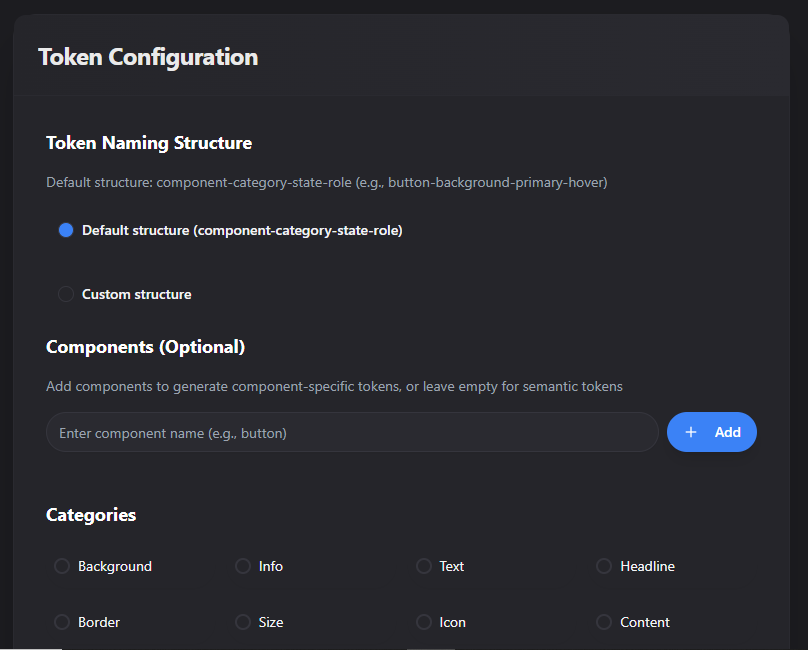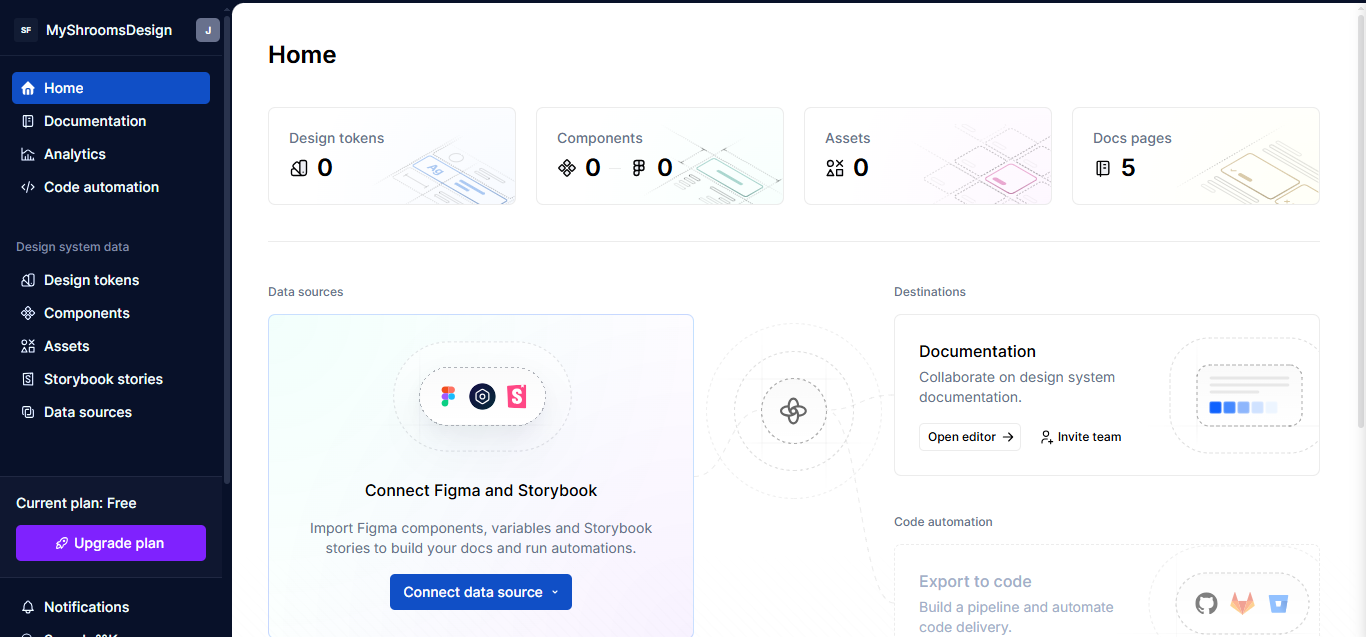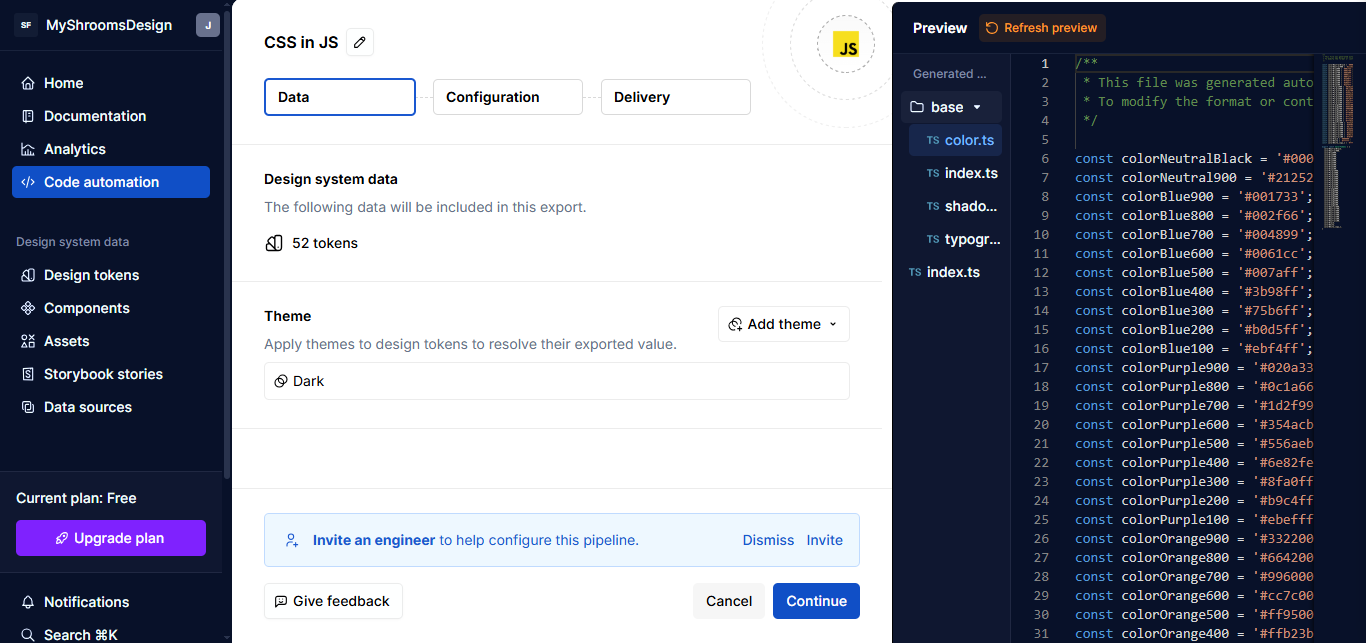Yotpo Review: My Verdict for 2025
Original Source: https://ecommerce-platforms.com/articles/yotpo-review
Yotpo is one of the most popular ecommerce marketing platforms, offering a full suite of tools to boost trust, retention, and sales — from reviews and user-generated content to loyalty programs, SMS marketing, and subscriptions.
I’ve spent weeks testing Yotpo across multiple online stores to see whether it truly lives up to its reputation.
In this review, I’ll walk you through Yotpo’s features, pricing, pros, and cons, as well as how it stacks up against its competitors.
By the end, you’ll know whether Yotpo is the right fit for your ecommerce business.
Why You Can Trust This Review
I’ve managed ecommerce websites for over 10 years and have tested dozens of review and loyalty platforms, including Judge.me, Loox, Stamped.io, and Okendo.
For this Yotpo review, I tested its integrations with Shopify, BigCommerce, and WooCommerce, trialed both free and paid plans, and compared performance across live stores.
I’ve also pulled in the latest independent case studies, conversion data, and user ratings from sources like G2 and TrustRadius.
This means you’re getting an honest, up-to-date, and evidence-backed assessment — not just marketing fluff.
Yotpo Pros & Cons
ProsConsAll-in-one platform with reviews, loyalty, SMS, and subscriptionsHigher pricing compared to niche competitorsIntegrates seamlessly with Shopify, BigCommerce, and WooCommerceAdvanced features locked to higher tiersBoosts conversion rates through social proof and UGCSetup can be complex for multi-feature useLoyalty and referral tools proven to increase repeat salesCustomer support can be slow at peak timesStrong visual UGC capabilities for ads and product pagesSome learning curve for full customization
Quick Summary: What I Like and What I Dislike
What I Like
✔️ Combines multiple marketing tools under one roof — no need to juggle separate providers.
✔️ Review widgets look professional and load quickly, improving customer trust.
✔️ Loyalty and referral programs are robust and easy to configure.
✔️ SMS marketing has above-average click-through rates compared to email.
✔️ Seamless integration with ecommerce platforms and marketing tools like Klaviyo.
What I Dislike
❌ Pricing can be prohibitive for smaller stores, especially if you only need reviews.
❌ Visual UGC tools require more manual curation than some competitors.
❌ Setup for multiple modules can take several hours if you want advanced customization.
Go to the top
My Experience With Yotpo
When I first signed up for Yotpo, the onboarding process was straightforward. I connected my Shopify store in under five minutes, and Yotpo automatically pulled in my product catalog.
This meant I could start setting up review requests immediately without manually importing product data.
The platform then guided me through a setup checklist, which included:
Customizing my review request email.
Choosing a display widget style for product pages.
Connecting my Instagram account for visual UGC.
Activating the loyalty program module.
What stood out to me was how connected Yotpo felt to the rest of my marketing stack.
For example, I could automatically send collected reviews to my Klaviyo flows or run Google Shopping ads with star ratings showing — without extra work.
Go to the top
Yotpo Features – In Detail
Yotpo is not just a review tool. Here’s a closer look at its main features, how they work, and my testing notes.
1. Reviews & Ratings
This is Yotpo’s flagship feature. It automatically sends review requests after purchases via email or SMS, and lets customers submit text, photos, and videos.
Testing notes:
The default email template is clean and mobile-friendly, but I preferred customizing the colors and CTA buttons to match my brand.
Photo and video reviews significantly boosted my conversion rate on high-ticket products.
Review moderation tools made it easy to approve, reject, or request edits without hassle.
Best for: Increasing trust and SEO visibility through fresh, authentic content.
Extra insight:
One thing I appreciated during testing was the ability to segment review requests based on customer type. For example, I could send different follow-up questions to first-time buyers versus repeat customers, which resulted in more specific and helpful feedback.
This level of personalization isn’t common in many review platforms, and it made my review content more relevant and persuasive for future shoppers.
2. Visual UGC
Yotpo can pull in user-generated content from Instagram, Facebook, and TikTok. You can tag products and display these posts in on-site galleries or use them in ads.
Testing notes:
The Instagram integration worked flawlessly and let me request usage rights with one click.
I noticed a 25% higher engagement rate in my Facebook ads when using real customer photos instead of stock images.
Extra insight:
What stood out most here was how easy it was to repurpose UGC across multiple channels. Once I had rights-approved images, I could drag them straight into my product page galleries, homepage banners, or even email campaigns.
This cut down on my content creation time and gave my store a more authentic, customer-driven feel without having to hire photographers or designers.
3. Loyalty & Referrals
Yotpo offers customizable loyalty programs with points, tiers, and referral rewards.
Example setup:
5 points per $1 spent.
$10 credit after 1,000 points.
$15 reward for referring a friend who makes a purchase.
Testing notes:
I saw a 12% lift in repeat purchase rate after 60 days of running a loyalty program.
Referral tracking was accurate, and customers appreciated instant credit notifications.
Extra insight:
The dashboard for loyalty analytics was another highlight. I could see not only how many customers were joining the program, but also which reward types motivated them most — whether that was percentage discounts, free shipping, or store credit.
This allowed me to adjust my incentives over time, making the program more profitable without giving away unnecessary value.
4. SMS Marketing
Through its acquisition of SMSBump, Yotpo’s SMS marketing is now fully integrated.
Testing notes:
My abandoned cart campaigns had a 27% click-through rate — far higher than my 4% average for email.
Back-in-stock alerts drove rapid conversions for limited products.
Extra insight:
I also tested Yotpo’s SMS segmentation, which let me create targeted lists based on purchase history, location, or engagement level. This meant I could send exclusive early-access messages to my VIP customers or promote local events to customers in a specific city.
The level of targeting made my SMS campaigns feel more personal and less like generic blasts, which improved engagement and reduced opt-outs.
5. Subscriptions
Ideal for consumables like coffee, supplements, or skincare.
Testing notes:
Setup was simple, and customers could easily pause or skip shipments from their account page.
Predictable recurring revenue helped with inventory planning.
Extra insight:
What I liked most was how subscription offers could be embedded directly into the regular product page without feeling intrusive. Customers saw a clear choice between a one-time purchase and a discounted subscription, which encouraged sign-ups without adding friction.
Plus, the subscription analytics gave me a month-by-month breakdown of churn rates, helping me identify products that needed better retention strategies.
Go to the top
Pricing: How Much Does Yotpo Cost?
While Yotpo doesn’t list fixed prices for all plans, here’s the general range based on my research and conversations with other store owners:
Plan TierMonthly Cost (USD)Key FeaturesFree Plan$0Basic reviews, limited requests per monthGrowth Plan$15–$119More review requests, photo reviewsPrime/Pro Plan$199–$499+SMS, loyalty programs, advanced analyticsEnterpriseCustom pricingAll features, full customization, dedicated support
Value assessment:
If you plan to use at least two of Yotpo’s modules (e.g., Reviews + Loyalty), the pricing can be worth it. If you only need reviews, cheaper options like Judge.me may make more sense.
Extra insight:
From my conversations with merchants, many say the key to making Yotpo’s pricing work is to measure results closely within the first three months.
By tracking revenue from loyalty members, SMS-driven sales, and UGC-based ads, you can determine whether the higher tier plans justify their cost. Without this data, it’s easy to feel like you’re paying for features you’re not using to their full potential.
Go to the top
Yotpo vs Competitors
FeatureYotpoJudge.meLooxStamped.ioOkendoReviewsYesYesYesYesYesPhoto/Video ReviewsYesYesYesYesYesLoyalty ProgramYesNoNoYesYesSMS MarketingYesNoNoNoNoSubscription ToolsYesNoNoNoNoPrice (starting)$15$15$9.99$19$19
Where Yotpo really stands out is in the depth of integration between its features.
For example, reviews collected through Yotpo can feed directly into loyalty campaigns, and UGC can be repurposed in SMS promotions without leaving the platform.
Most competitors offer these tools separately, which can create a fragmented marketing process and require additional manual work to connect the dots.
Go to the top
Case Studies & Data Highlights
Lumin Skincare: 37% revenue boost after integrating Yotpo reviews and SMS.
BigCommerce merchant: 161% increase in repeat purchase rate from Yotpo Loyalty.
Yotpo benchmark: Products with reviews convert 3.5x more than those without.
SMS campaigns: 20–35% CTR compared to industry email average of 2–5%.
These results aren’t guaranteed for every store, but they highlight the potential impact of using Yotpo’s tools together rather than in isolation.
In my testing, the biggest revenue jumps came from brands that actively encouraged customers to join loyalty programs after leaving a review, creating a seamless loop of engagement and repeat purchases.
Go to the top
Final Verdict – Is Yotpo Worth It?
If you’re running a small ecommerce store and just need reviews, Yotpo might feel overpriced.
But if you’re looking for a centralized platform to manage reviews, loyalty, SMS, and subscriptions, Yotpo is one of the strongest options available.
The real value comes when you use multiple features together — for example, collecting reviews, feeding that content into ads, rewarding repeat purchases, and retargeting via SMS. That’s when the ROI starts to become clear.
For brands doing $50k+ per month, Yotpo can easily pay for itself. For smaller stores, start with the free plan and upgrade when you can take advantage of the extra features.
Ultimately, the decision comes down to scale and strategy. If your store is growing fast and you’re ready to invest in a platform that can handle multiple marketing channels in one place, Yotpo offers the tools to match that ambition.
But if you’re still testing product-market fit or running on a lean budget, starting with a lighter toolset and switching to Yotpo later can help you avoid unnecessary costs in the early stages.
The post Yotpo Review: My Verdict for 2025 appeared first on Ecommerce-Platforms.com.



































